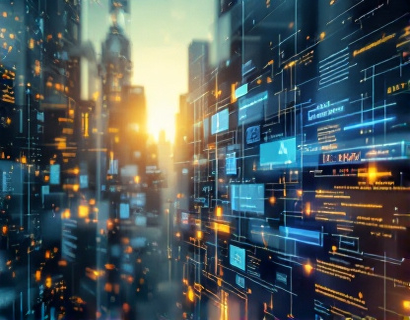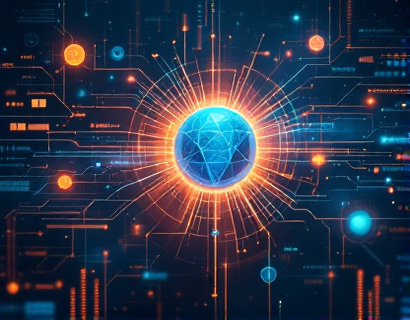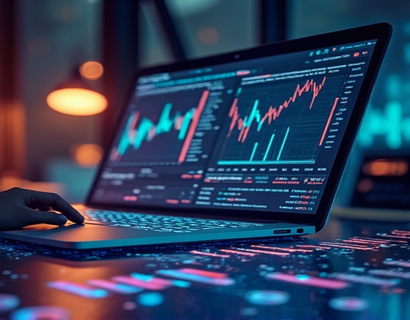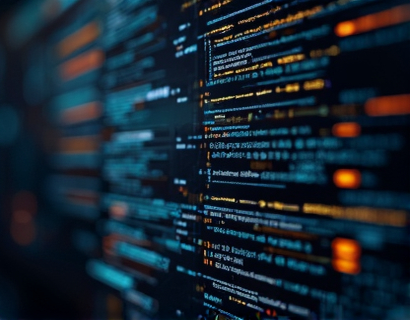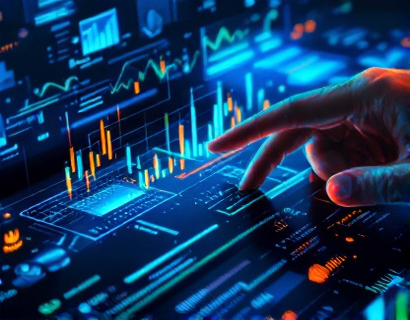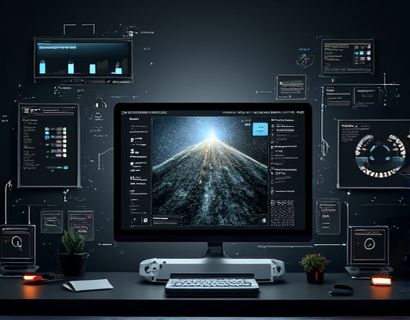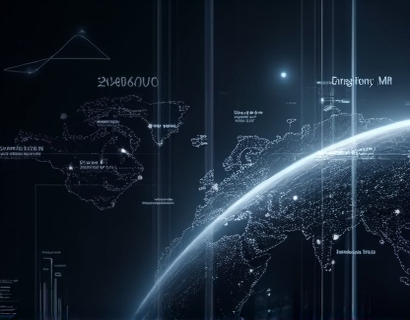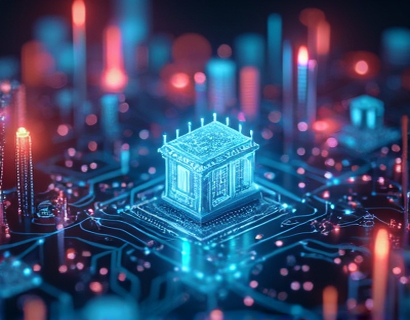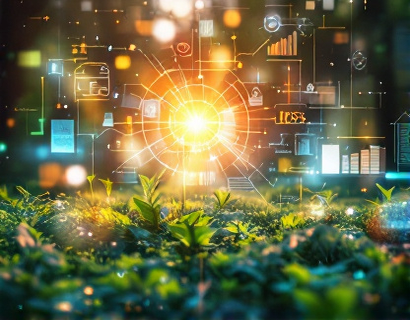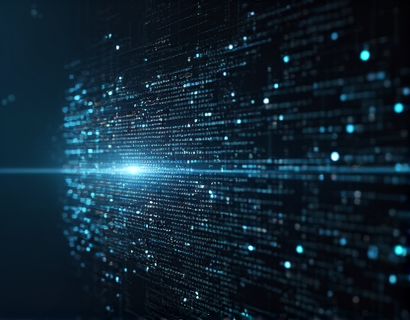Optimize Aquaponics Management: Cutting-Edge Software for Sustainable Farming Excellence
In the rapidly evolving world of sustainable agriculture, aquaponics stands out as a promising method that combines fish farming and hydroponic plant cultivation in a symbiotic environment. This innovative approach not only enhances food production but also promotes environmental sustainability by minimizing water usage and eliminating the need for chemical fertilizers. However, managing an aquaponics system effectively requires precise monitoring, control, and optimization to ensure the health and productivity of both fish and plants. Enter cutting-edge software designed specifically for aquaponics management, offering a transformative solution for farmers and businesses aiming to excel in this field.
The Importance of Advanced Software in Aquaponics
Aquaponics systems are complex ecosystems where the balance between water quality, nutrient levels, temperature, and pH is crucial for the survival and growth of both aquatic and terrestrial components. Traditional management methods often rely on manual monitoring and adjustments, which can be time-consuming, prone to human error, and less responsive to rapid changes in system conditions. Advanced software solutions address these challenges by providing real-time data, automated controls, and comprehensive analytics, enabling farmers to maintain optimal conditions with greater ease and efficiency.
Key Features of Aquaponics Management Software
Modern aquaponics management software is equipped with a suite of powerful tools designed to streamline operations, boost productivity, and enhance sustainability. Some of the key features include:
- Real-time monitoring of water parameters such as pH, temperature, dissolved oxygen, and ammonia levels
- Automated control systems for pumps, filters, and aerators to maintain ideal conditions
- Data logging and historical analysis to track system performance and identify trends
- Alerts and notifications for abnormal conditions or maintenance needs
- Integration with IoT devices for seamless connectivity and remote access
- Nutrient management tools to optimize feeding schedules and reduce waste
- Growth monitoring and yield prediction models to maximize harvest efficiency
These features collectively contribute to a more resilient and productive aquaponics system, allowing farmers to focus on other aspects of their business while the software handles the intricacies of system management.
Precision Monitoring and Control
One of the most significant advantages of using advanced software in aquaponics is the ability to achieve precise monitoring and control of the system. By continuously measuring and adjusting water parameters, the software ensures that conditions remain within the optimal range for both fish and plants. For instance, if the pH level drops below the desired range, the system can automatically trigger the addition of alkaline substances to raise it, preventing stress and potential mortality in fish.
Moreover, the software can manage feeding schedules based on the growth stage and biomass of the fish, ensuring that they receive the right amount of nutrients without overfeeding, which can lead to water quality issues. This level of precision not only improves the health and growth rates of the aquatic component but also reduces the environmental impact by minimizing nutrient runoff and chemical usage.
Enhanced Productivity and Efficiency
By automating routine tasks and providing real-time insights, aquaponics management software significantly enhances productivity and efficiency. Farmers can monitor multiple systems simultaneously, receive instant alerts for any issues, and make data-driven decisions to optimize operations. This reduces the time and labor required for manual management, allowing businesses to scale more effectively and increase their output.
Additionally, the software's ability to analyze historical data and predict future trends helps in planning and decision-making. For example, growth models can forecast the optimal harvest times, ensuring that produce is delivered at the peak of freshness and quality. This not only satisfies customer demands but also maximizes revenue potential.
Sustainability and Environmental Stewardship
Sustainability is at the core of aquaponics, and advanced software plays a pivotal role in achieving this goal. By optimizing resource usage and minimizing waste, these systems contribute to a more sustainable farming practice. The precise control of water parameters and nutrient management reduces the need for external inputs, such as chemicals and fertilizers, which can harm the environment if not managed properly.
Furthermore, the software's ability to monitor and reduce energy consumption through efficient system operations aligns with the broader goals of environmental conservation. The reduced water usage in aquaponics, compared to traditional farming methods, is another significant benefit. With the global focus on sustainable agriculture, adopting such software solutions positions aquaponics businesses as leaders in eco-friendly practices.
Case Studies and Success Stories
Several aquaponics farms have already experienced the transformative benefits of advanced management software. For example, a medium-sized farm in the United States implemented a comprehensive software solution and reported a 30% increase in fish yield and a 25% reduction in energy consumption within the first year. The farm's manager attributed these improvements to the software's ability to maintain optimal conditions consistently and the time savings from automated monitoring and control.
Another success story comes from a commercial aquaponics operation in Europe, which used the software to optimize nutrient dosing and feeding schedules. The result was a 40% increase in plant growth rates and a significant reduction in nutrient waste, leading to cost savings and higher profitability. These case studies demonstrate the tangible benefits of integrating advanced software into aquaponics management.
Challenges and Considerations
While the benefits of aquaponics management software are clear, there are several challenges and considerations that farmers should be aware of. One of the primary challenges is the initial investment cost, which can be a barrier for small-scale operations. However, the long-term savings and increased productivity often justify the expense over time.
Another consideration is the need for technical expertise to set up and manage the software effectively. Farmers may require training or support to fully leverage the system's capabilities. Additionally, ensuring the reliability and security of the software, especially when it involves remote access and IoT integration, is crucial to prevent system disruptions and data breaches.
Future Trends in Aquaponics Software
The field of aquaponics software is rapidly evolving, with several emerging trends poised to further enhance the management of these systems. One such trend is the integration of artificial intelligence (AI) and machine learning (ML) to predict and optimize system performance even more accurately. AI can analyze vast amounts of data to identify patterns and make predictive adjustments, reducing the need for manual intervention and further improving efficiency.
Another trend is the development of user-friendly interfaces that make the software accessible to farmers with varying levels of technical expertise. This democratization of technology ensures that more businesses, regardless of size or experience, can benefit from advanced management tools. Additionally, the increasing availability of cloud-based solutions allows for scalable and flexible deployment, making it easier for farms to adopt and adapt to changing needs.
Conclusion
In conclusion, advanced aquaponics management software represents a significant leap forward in sustainable farming practices. By providing precise monitoring, automated controls, and comprehensive analytics, these tools empower farmers to optimize their operations, enhance productivity, and minimize environmental impact. As the demand for sustainable food production continues to grow, embracing such innovative solutions will be essential for the success and resilience of aquaponics businesses. Join the movement towards a more sustainable future in aquaponics farming by leveraging the power of cutting-edge software.




